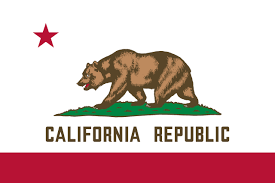CVC 21658: Driving on Roadways Laned for Traffic
California Vehicle Code (CVC) Section 21658 deals with the rules and requirements for safely changing lanes on California roadways. Specifically, it addresses the procedure for making lane changes and the conditions under which lane changes are permitted. Here's an explanation of CVC 21658:
CVC 21658 - Driving on Roadways Laned for Traffic:
-
General Requirement (Subsection (a)):
- Subsection (a) of CVC 21658 states that a vehicle must be driven within a single lane and not moved from that lane until the driver has first ascertained that the movement can be made safely. In other words, before changing lanes, drivers must ensure that it is safe to do so without impeding the flow of other traffic or causing a hazard.
-
Turning and Exiting (Subsection (b)):
- Subsection (b) specifies that drivers must remain in a single lane while turning a corner or curve, at any intersection, or while exiting a highway, unless specific lane markings or signs indicate otherwise.
-
Right to Use Multiple Lanes (Subsection (c)):
- Subsection (c) allows for the use of multiple lanes when a vehicle is overtaking or passing another vehicle, or when lanes are marked for different purposes (e.g., a left-turn lane, a carpool lane). Drivers may use these lanes when it is safe and legal to do so.
-
Maintaining a Safe Speed (Subsection (d)):
- Subsection (d) emphasizes that drivers must maintain a safe speed when changing lanes. Changing lanes at an excessively high speed that is unsafe for the road conditions can lead to violations of this law.
-
Penalties for Violation (Subsection (e)):
- Violating CVC 21658 by making an unsafe lane change or failing to remain in a single lane when required can result in traffic citations, fines, and potential points on your driver's license, depending on the extent of the violation.

DontPayTickets.com
Fight Back California Traffic Violations and Tickets

